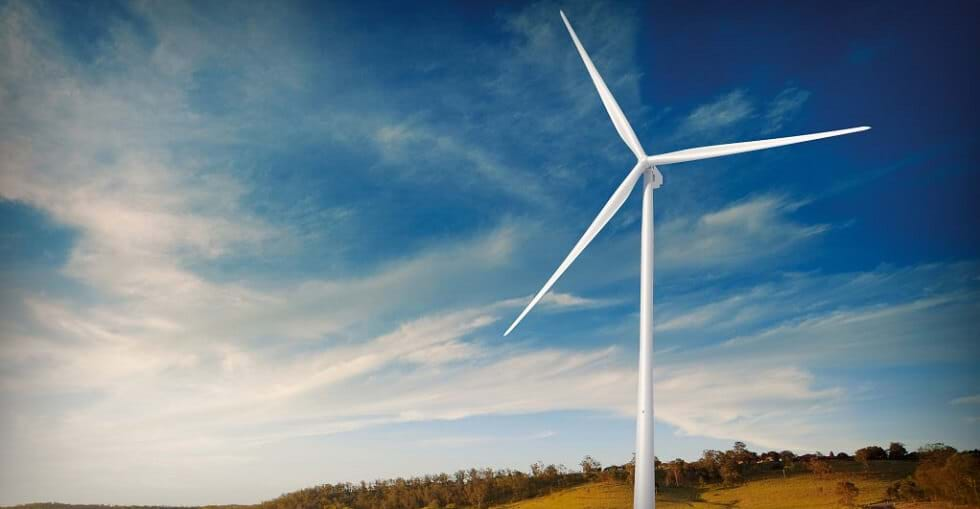Wind Power Calculators
Calculate Wind Power

Wind power is a renewable energy source that can help us to reduce our reliance on fossil fuels. By using turbines, we can convert the wind power into a useful form, like providing us with electricity.
Wind turbines convert the kinetic energy from the wind by rotating a generator that has got connected to the shaft of the wind turbine.
The blades on the turbine capture the kinetic energy from the wind and turn it into mechanical energy. The generator transforms this mechanical energy into usable electrical energy. It is common for most of the generators to spin at around 1000 to 2000 rotations each minute.
The more powerful the wind, the faster the turbine spins, creating more power for us. Wind turbines are also called a wind generator or wind charger.
The air density, ρ, will change slightly depending on the temperature and elevation of the air.
The most common rating used for wind turbines gets based on the standard conditions of 59° F (15° C) at sea level. A correction for temperature is generally not needed when we are predicting the long-term performance of wind turbines.
I checked online to find the main formulas used to determine the power generated from the wind.
Check out below and fill in the required data to see the amount of power that you could be getting generated by the wind.
Wind Power Calculator
P = 0.5 * p * A * Cp * V³ * Ng * Nb
p - Air Density kg/m³;
A - Rotor Swept Area m²;
Cp - Coefficient of performance (.59 (Betz limit) is the maximum theoretically possible, .35 for a good design);
V - Wind Velocity meters/sec;
Ng - Generator Efficiency (50% for car alternator, 80% or possibly more for a permanent magnet generator or grid-connected induction generator);
Nb - Gear Box Bearing Efficiency(depends, could be as high as 95% if good);
Wind Power Calculator
P = π/2 * r² * v³ * ρ * η
r - Radius in Meters;
v - Wind Speed m/s;
p - Air Density kg/m³;
n - Efficiency Factor %;
Wind Power and Energy Calculator
P = 0.5 *(Ap)v³
A - Surface Area (square meters);
v - Wind Speed (Meters per second);
t - Time (Duration of wind, seconds);
p - Air Density (Density of Air kilograms per square meter);
For a more detailed estimate of energy production expected from a turbine, we need to check with the manufacturer of the equipment.
They will usually perform a more thorough calculation taking into account. These include the wind turbines power curve, the average annual wind speed, the height of your tower, the elevation where you live, and an estimate of the number of hours that the wind will blow at each speed throughout the year.